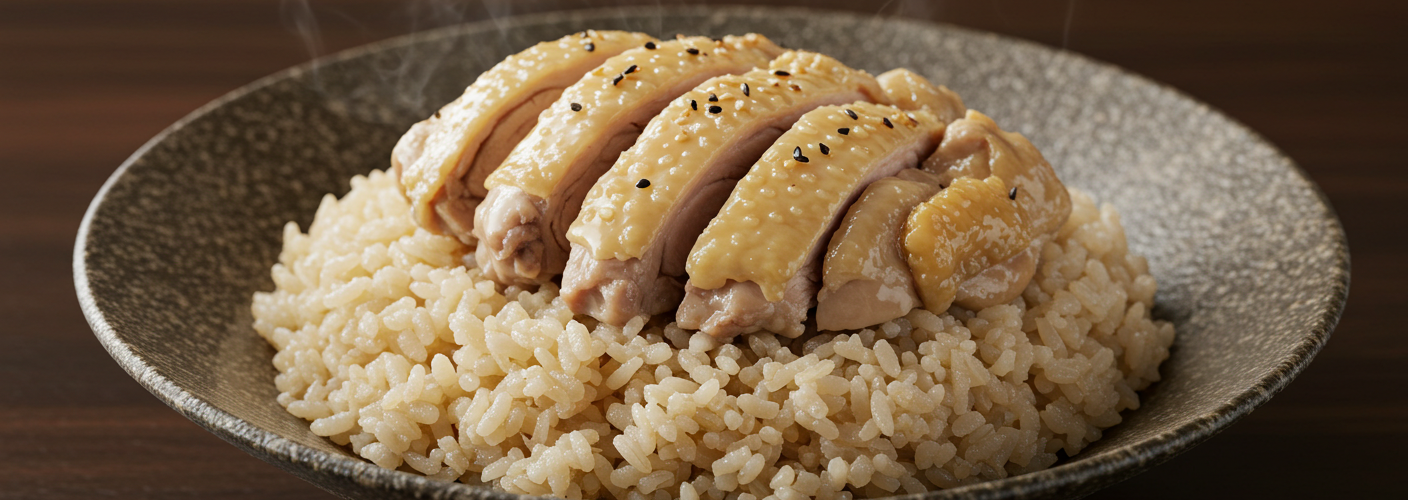For food enthusiasts looking to explore rich and flavorful culinary traditions, Kabuki Palau offers an irresistible experience. This delightful dish, a harmonious blend of seasoned rice and succulent chicken, celebrates the art of slow cooking, bringing out the best in its ingredients. With its roots steeped in cultural significance, Kabuki Palau is more than just a meal; it’s a culinary journey that captivates the senses.
At its core, Kabuki Palau is a slow-cooked dish that combines rice and chicken, typically elevated with an array of spices and flavor enhancers. The magic lies in the cooking method, where the ingredients are allowed to meld over low heat, resulting in a fragrant and savory outcome that speaks to both quality and care. Slow cooking is a technique that allows for deep flavors to develop, ensuring that each grain of rice is infused with the essence of the chicken and spices.
Ingredients and Preparation
While variations of Kabuki Palau exist across different cuisines, the fundamental components tend to remain consistent. The primary ingredients include high-quality rice—often basmati or jasmine—tender pieces of chicken, and a mix of vibrant spices. The choice of spices can vary, but typical inclusions are cumin, coriander, turmeric, and cardamom. These spices not only add depth but also lend a beautiful aromatic quality to the dish.
The preparation begins with marinating the chicken to ensure it is bursting with flavor. A blend of yogurt, spices, and perhaps a hint of lemon juice can be used to create a marinade that tenderizes the meat while infusing it with zest. After marination, the chicken is sautéed until golden brown, releasing its juices and enhancing the overall flavor profile.
Next comes the rice. It is crucial to rinse the rice thoroughly to remove excess starch, which helps achieve that perfectly fluffy texture. Once rinsed, the rice is often par-boiled, allowing it to cook partially before it joins the chicken in the slow cooker. This ensures that it will finish cooking equally as the chicken becomes tender over extended heat.
The Slow Cooking Process
Once all the ingredients are prepared, they are layered in a slow cooker. The marinated chicken takes precedence at the bottom, followed by the par-boiled rice and any additional spices or vegetables, such as onions, carrots, or peas. Water or broth is added to begin the cooking process.
The slow cooking method—often spanning several hours—allows the flavors to develop intricately, leading to a melody of tastes when served. The aroma wafting from the kitchen during this cooking phase is enough to evoke eager anticipation.
The Final Touch
As Kabuki Palau finishes cooking, it’s time for the final touches. Fluff the rice carefully to combine everything without breaking the grains. Garnishing with fresh herbs like cilantro or parsley can add a pop of color and freshness.
Served hot, Kabuki Palau makes for an excellent family meal or a standout dish at gatherings. Pair it with a side of yogurt or a fresh salad to balance the richness, and you’ve got a feast that will satisfy everyone at the table.
Conclusion
Kabuki Palau isn’t just food; it’s a celebration of flavors and traditions. With its uncomplicated ingredients and immersive cooking process, this dish serves as a perfect canvas for culinary creativity. Whether you’re enjoying it at home or sharing it with friends and family, the result is the same—a comforting dish that brings joy to all who partake in its deliciousness. Embrace the art of slow cooking, and let Kabuki Palau take center stage in your kitchen!




Add comment